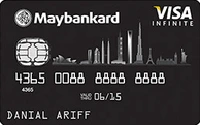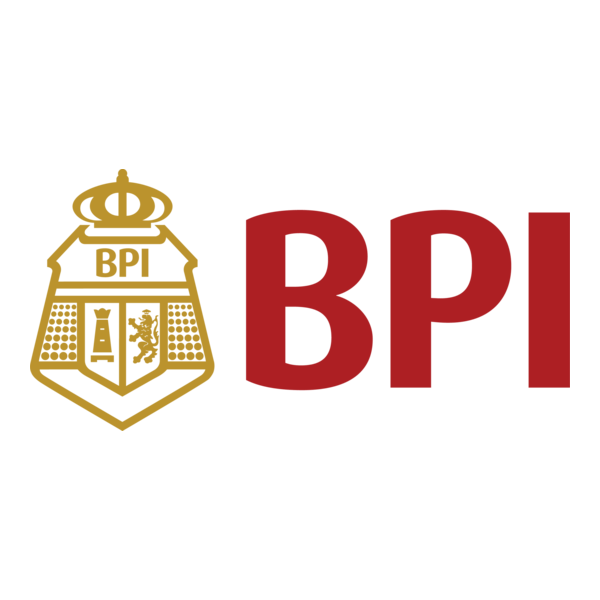Debt-to-income ratio (DTI) measures the share of your gross monthly income that goes to recurring debt payments such as loans and credit card obligations; see the calculation steps in How to calculate DTI. This guide explains how lenders in the Philippines use DTI to assess affordability, how to compute it with documented figures, and practical, verifiable steps to improve your standing.

What DTI is and why it matters
DTI is the percentage of gross monthly income used to service recurring debt. Lenders treat it as a primary affordability metric. A lower DTI improves the odds of approval, supports larger loan amounts, and can help secure better interest terms. Lenders assess DTI together with income documentation, employment stability, credit history, and collateral where applicable.
The formula
Use the simple formula:
DTI = (Total monthly debt payments / Gross monthly income) × 100
Record figures you can document during underwriting. Do not use estimated or informal amounts that cannot be proven with payslips, bank statements, or ITR.

How to calculate DTI (step-by-step)
1) List recurring monthly debts
Include:
- Minimum credit card payments
- Loan amortizations (personal, auto, home)
- Salary-loan deductions and payroll-based loans
- Merchant instalments and BNPL plans with fixed monthly schedules
- Any declared alimony or regular remittances if the lender counts them
Do not include one-off purchases, variable grocery bills, or irregular utilities unless they are fixed monthly obligations.
2) Determine gross monthly income
Salaried workers: use basic salary before tax and statutory deductions; include verifiable allowances.
Freelancers/sole proprietors: average documented income over the last 6–12 months and support it with ITR, invoices, and bank deposits.
OFWs: use consistent remittance records or contract salary converted to a monthly equivalent.
3) Compute and present
Insert documented totals into the formula and round to two decimal places. Use the computed figure in loan discussions and ensure your submitted documents match the amounts shown.
Typical DTI thresholds used by Philippine lenders (indicative)
These ranges are indicative. Confirm thresholds and underwriting criteria with your target lender.

How DTI affects loan outcomes — brief paragraphs
A high DTI reduces the maximum loan size a lender will offer and may shorten allowable tenors. Underwriters may assign higher interest rates to profiles with elevated DTI to offset repayment risk. Applicants with borderline DTI commonly face additional documentation requests or conditional approvals. In practice, a clean, documented DTI reduces processing time and increases the likelihood of full approval.
Practical, verifiable steps to lower your DTI
- Pay down high‑interest unsecured debt first, starting with credit cards. Principal reduction lowers minimum payments and improves affordability.
- Consolidate only when it reduces monthly amortization and total cost is reasonable; calculate fees and long‑term interest before committing.
- Refinance short, high‑payment loans into longer tenors only if the net monthly payment decreases and the total repayment plan is sustainable.
- Document all legitimate income increases with ITR, contracts, invoices, and bank deposits. Lenders accept verified allowances and commissions if they are regular and supported.
- Add a co‑borrower with stable, documented income when appropriate; ensure both parties understand shared legal obligations.
- Pause new BNPL or merchant instalments during the application period and avoid new credit inquiries for at least three months before applying.
- Align payment dates with salary to avoid late fees and overdrafts that can raise effective monthly obligations.

Before applying — checklist for Philippine applicants
- Calculate current DTI with documented figures.
- Gather payslips (1–3 months), Certificate of Employment, and bank statements (1–6 months) for employed applicants.
- For freelancers/sole proprietors: ITR, 6–12 months bank statements, representative invoices/contracts.
- For OFWs: remittance receipts, foreign contract or employment proof, and local bank records.
- Obtain a recent credit bureau report where available.
- Confirm the lender’s DTI policy and any product-specific documentation requirements.
Local example: stepwise improvement (concise narrative)
Maria earns PHP 40,000 gross monthly. Her monthly obligations are PHP 3,500 (credit card minimum) and PHP 5,000 (salary loan), giving a DTI of 21.25 percent. She stops new BNPL purchases and reallocates PHP 1,500 monthly to reduce the credit card principal. She renegotiates one instalment and reduces that payment by PHP 1,500. After three months, monthly obligations drop to PHP 7,500 and DTI to 18.75 percent. The improvement is documented through bank statements and payment receipts, strengthening her loan application.

Common underwriting triggers
Borderline or high DTI often prompts lenders to request extended bank statements, additional payslips, or proof of other income. Frequent late payments, multiple recent credit inquiries, or patterns of overdrafts increase perceived risk. Presenting consistent, verifiable documentation reduces the chance of conditional approvals or declines.

Further reading (single-use internal links)
For guidance on building reserves that support better DTI, see Finmerkado’s emergency fund guide: The Rainy Day Rule: How to Build a ₱5,000 Emergency Fund. For documentation and income strategies for non‑salaried workers, see Freelancer Money Hacks: Tools & Credit Cards That Actually Make Life Easier.

Conclusion
Compute DTI using documented gross income and recurring monthly payments. Focus on principal reduction of high‑rate debts, careful use of refinancing or consolidation, and robust income documentation. These actions improve lender assessments and reduce processing friction during underwriting.
Frequently Asked Questions
The debt‑to‑income ratio (DTI) is the percentage of gross monthly income used to pay recurring debts. Lenders in the Philippines use DTI to assess affordability; a lower DTI improves loan approval chances and may result in better terms.
Calculate DTI by dividing total monthly debt payments by gross monthly income and multiplying by 100: DTI = (Total monthly debt payments ÷ Gross monthly income) × 100. Use documented payslips, ITR, invoices, and bank statements for accurate figures.
Items that usually count toward DTI include minimum credit card payments, existing loan amortizations (personal, auto, mortgage), salary‑loan deductions, recurring BNPL and merchant installments, and any declared regular remittances if the lender accepts them.
Indicative DTI ranges: traditional banks for personal loans often 30–45%; mortgage lenders may accept up to about 50% for strong applicants; fintech and salary‑loan apps frequently apply stricter models near 30% or use alternative affordability measures. Always confirm specific thresholds with the lender.
Yes. OFWs can include regular remittances as income for DTI calculations if they provide consistent documentation such as bank remittance receipts. Convert periodic remittances into a monthly equivalent for lenders.
Recurring BNPL instalments and merchant instalment plans that create scheduled monthly obligations are normally counted toward DTI by lenders assessing affordability.
To lower DTI, reduce high‑interest balances (credit cards) to cut minimum payments, avoid new BNPL or credit inquiries before application, consider refinancing only if it reduces monthly amortisation and total cost, document verifiable additional income, and add a co‑borrower with steady income if appropriate.
Employed applicants: recent payslips (1–3 months), bank statements (1–6 months), and Certificate of Employment if requested. Freelancers/sole proprietors: ITR, 6–12 months bank statements, and invoices/contracts. OFWs: remittance proofs and employment contracts. Lenders also check credit bureau records.
Possibly. Mortgage lenders may permit higher DTIs depending on income stability, down payment, collateral, and overall borrower profile. Present complete documentation and confirm product‑specific criteria with the mortgage provider.
Not always. Debt consolidation may lower monthly payments and improve DTI if the new loan reduces total monthly amortisation and fees are reasonable. Evaluate total cost, fees, and long‑term interest before consolidating.
BDO ShopMore Mastercard

The BDO ShopMore Mastercard offers enhanced rewards and shopping benefits, making it ideal for frequent shoppers and those who prefer flexible payment options.
Maybank Visa Infinite

-
BPI Signature Card

- Earn 2 BPI points for every ₱20 spend
- Get up to ₱20 million free travel accident and inconvenience benefit
- Enjoy complimentary access for you and one guest at PAGSS international lounges in NAIA 1 and NAIA 3
- Get exclusive 50% off deals on dining, hotels, resorts, fitness studios, and wellness centers, all year round
- Ideal for frequent travelers
BDO Unibank Personal Loan

BDO Unibank’s Personal Loan offers unsecured financing of up to ₱2 million with a fully digital or branch-assisted application process. It’s an accessible cash option for immediate needs like debt consolidation, travel, events, and other lifestyle expenses. With competitive rates starting at 0.98% monthly add-on and flexible repayment up to 36 months, it’s a solid choice for salaried and self-employed individuals.
BPI Personal Loan

Need a cash boost for life’s big moments or unexpected emergencies? The BPI Personal Loan offers a reliable and flexible solution—whether you’re funding a small business, covering tuition, or consolidating debt. With competitive rates, fixed monthly payments, and a fast approval process, this loan is designed to fit your goals and your lifestyle. No collateral required, just straightforward access to funds when you need them most.
Maya Personal Loan

Want a personal loan that’s 100% mobile and super convenient? The Maya Personal Loan is built for the digital lifestyle, no paperwork, no long lines. With just your Maya app, you can apply, get approved, and manage your loan. Whether it’s for bills, tuition, or a financial cushion, Maya’s fully digital loan service puts speed and flexibility right in your hands.












